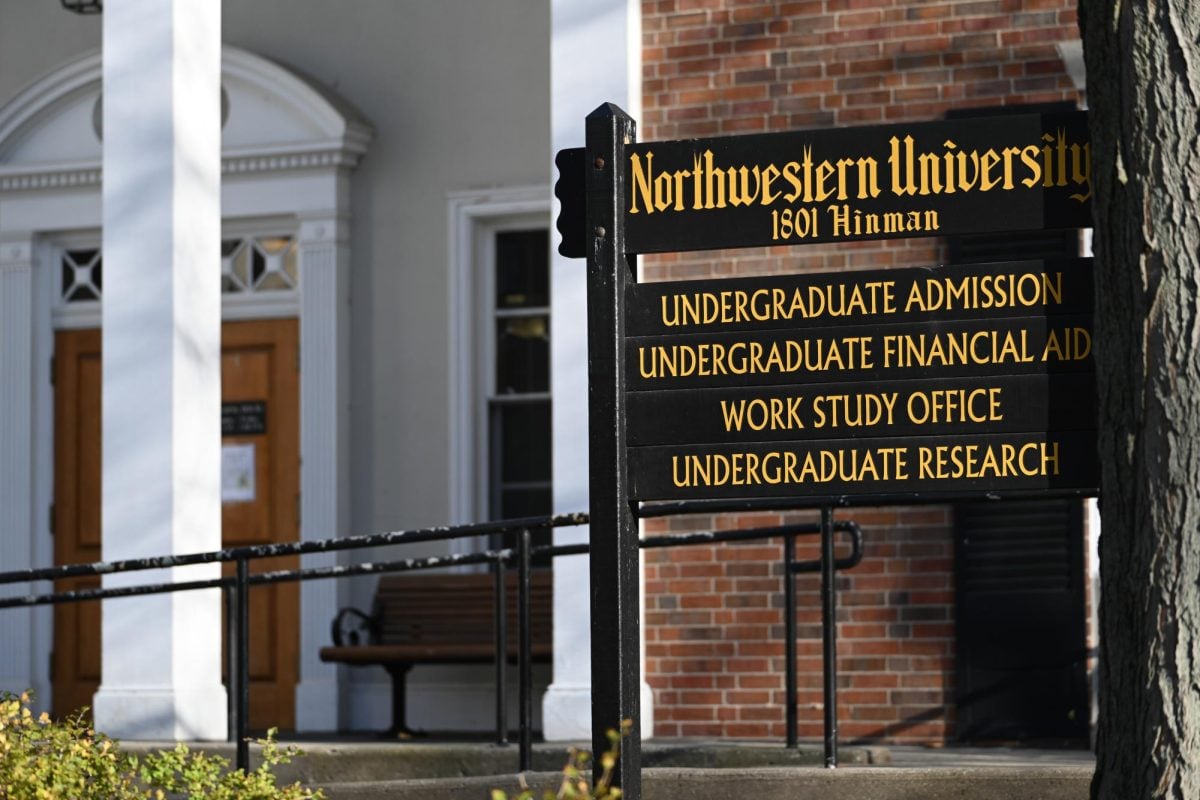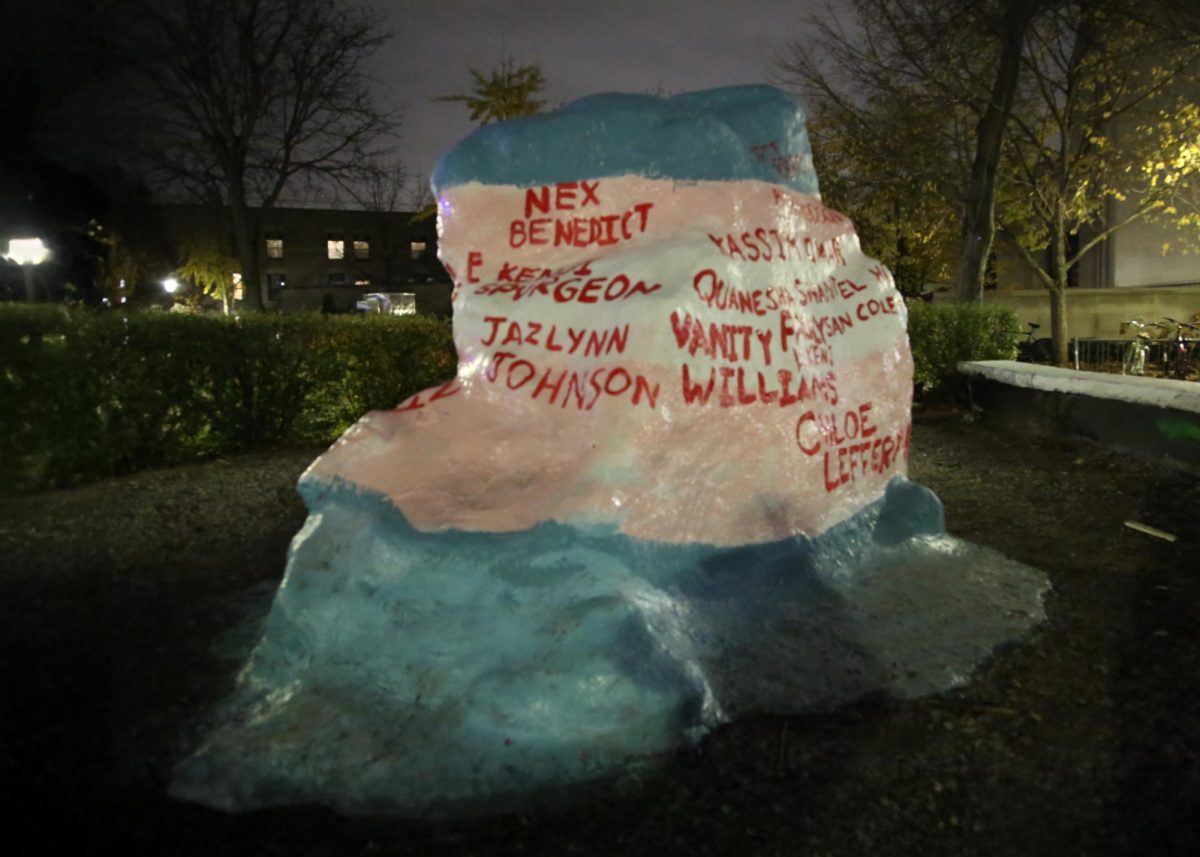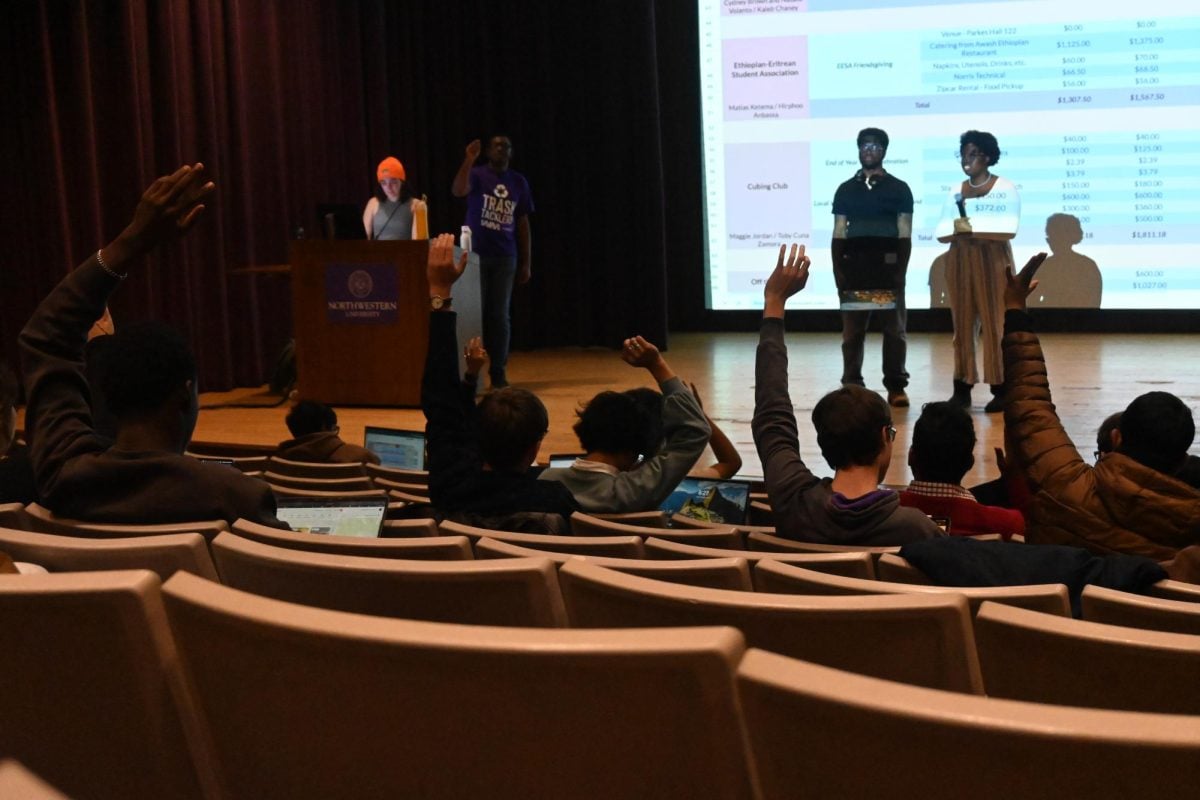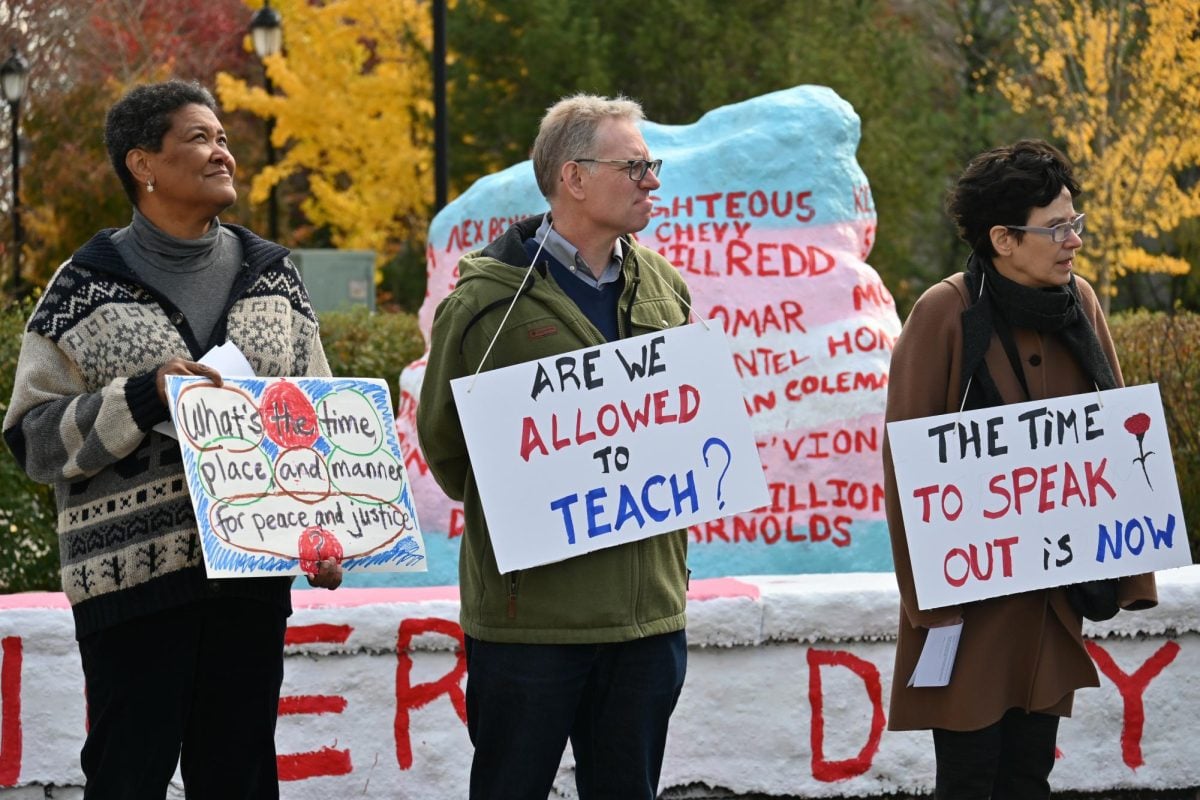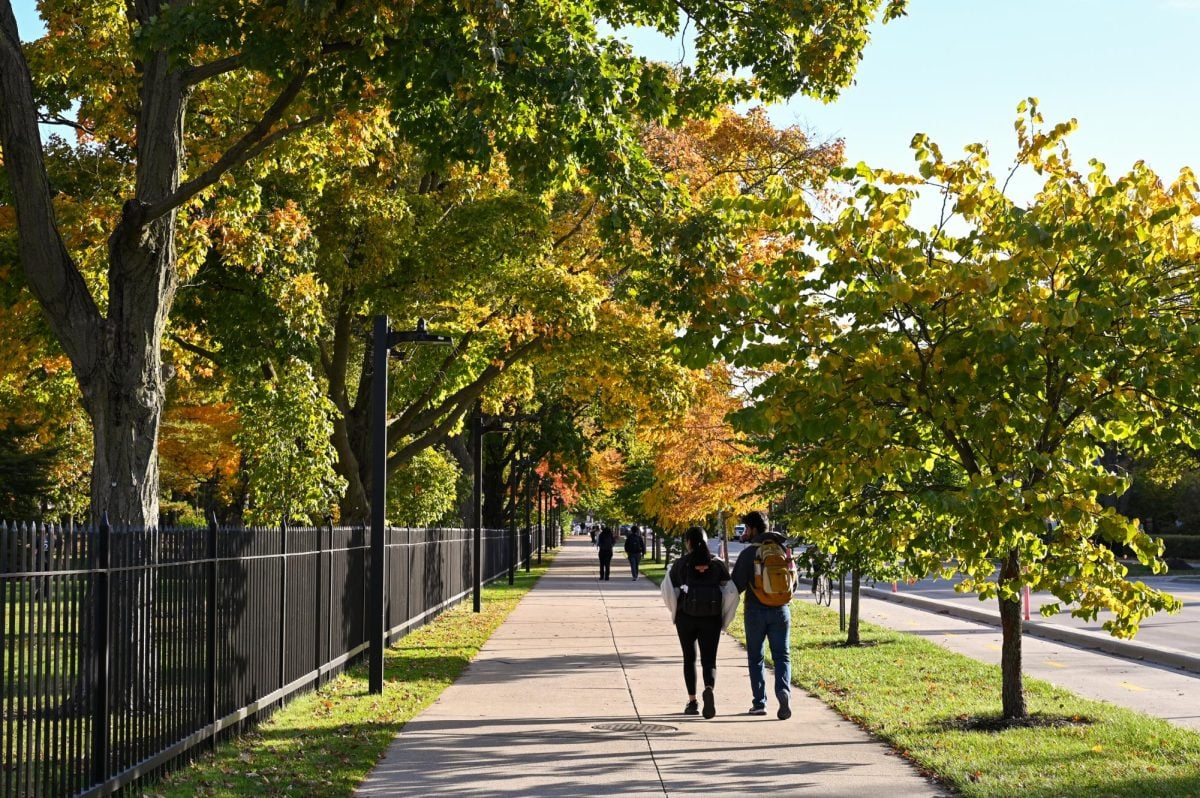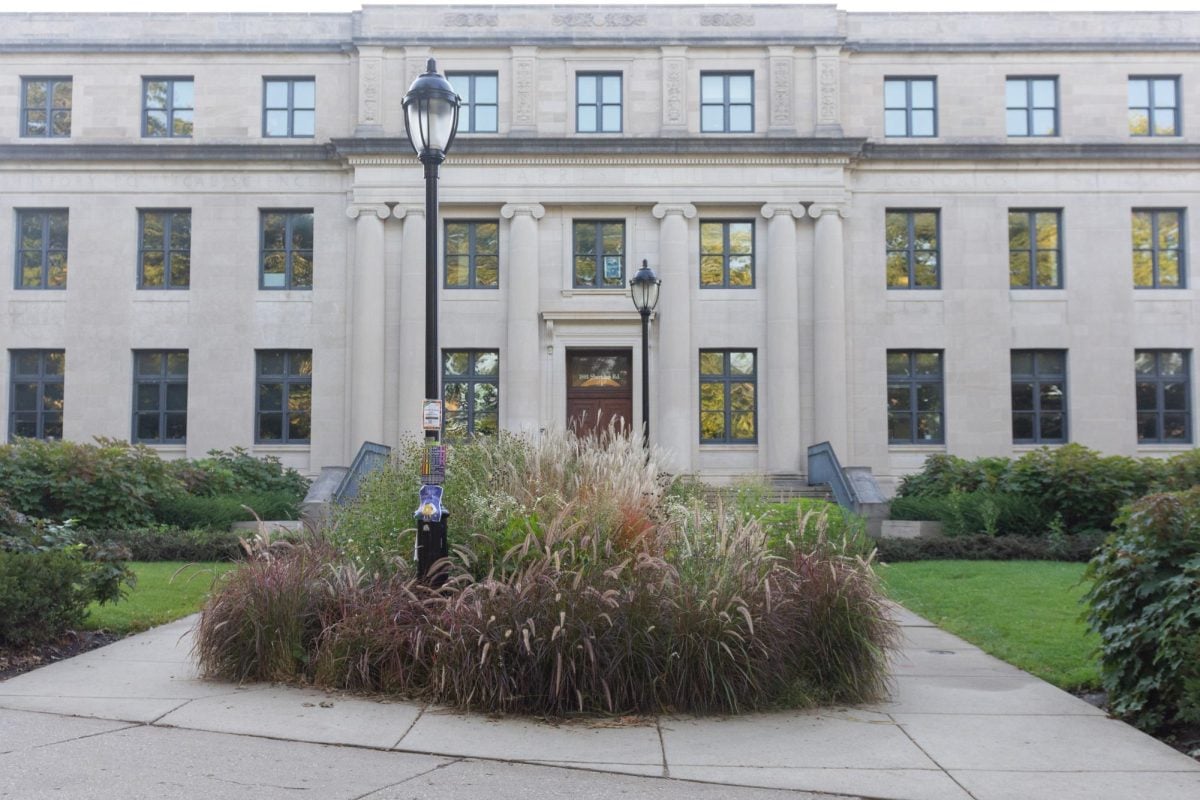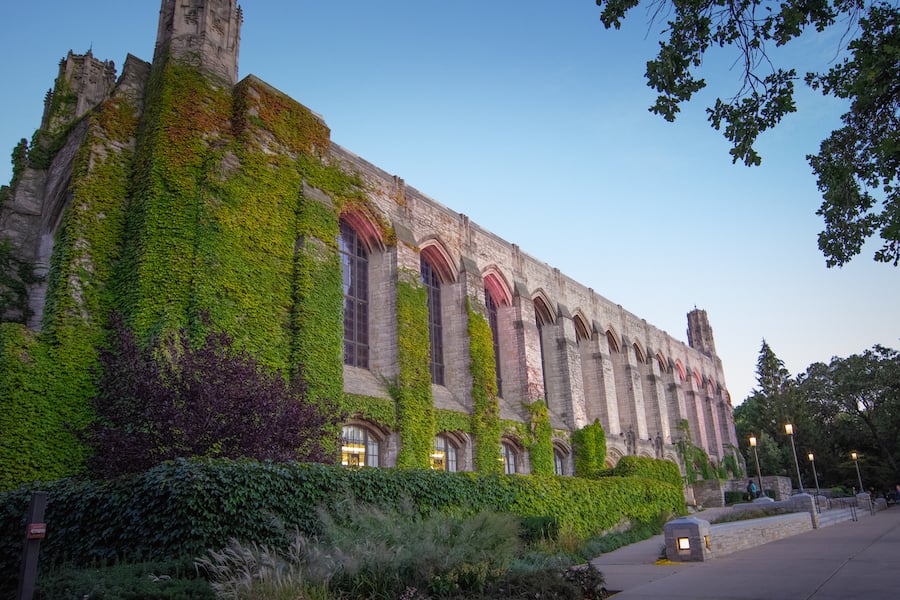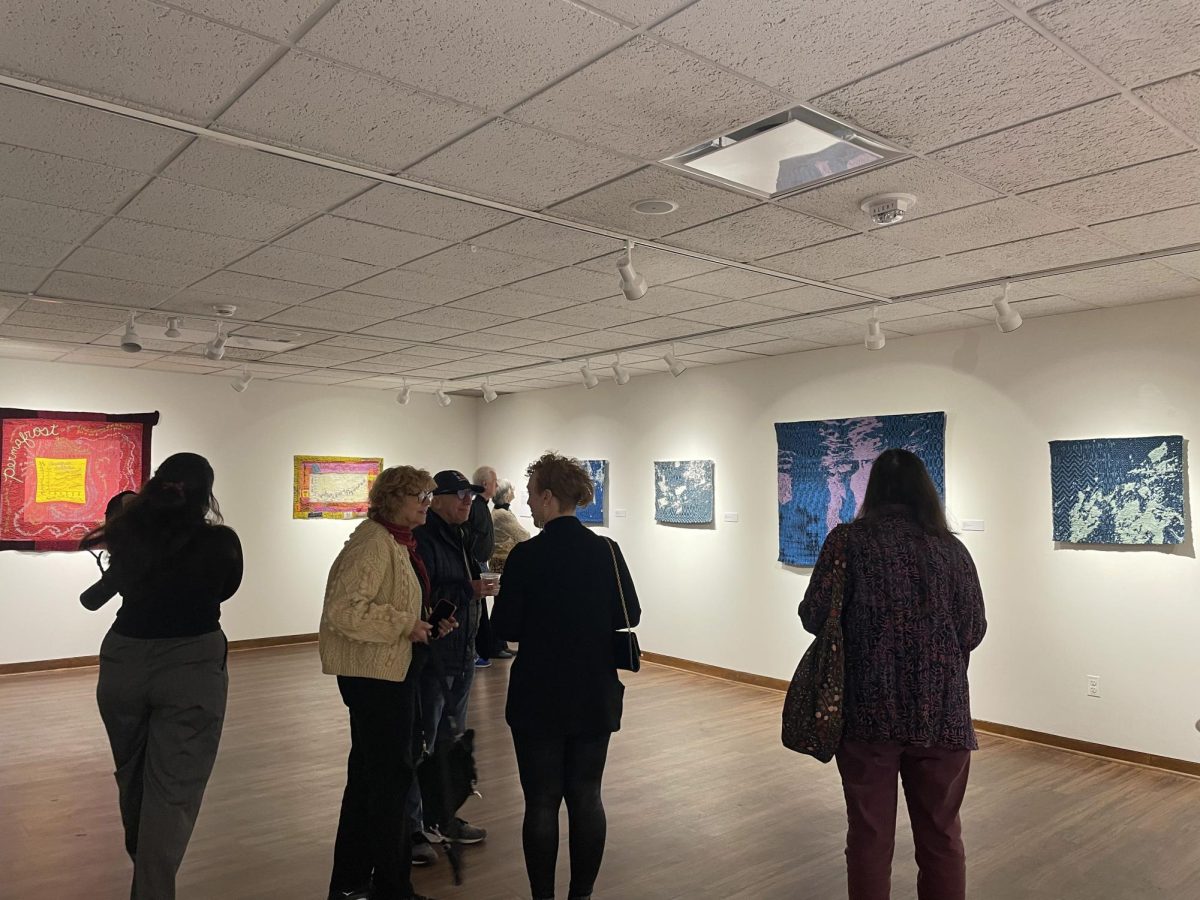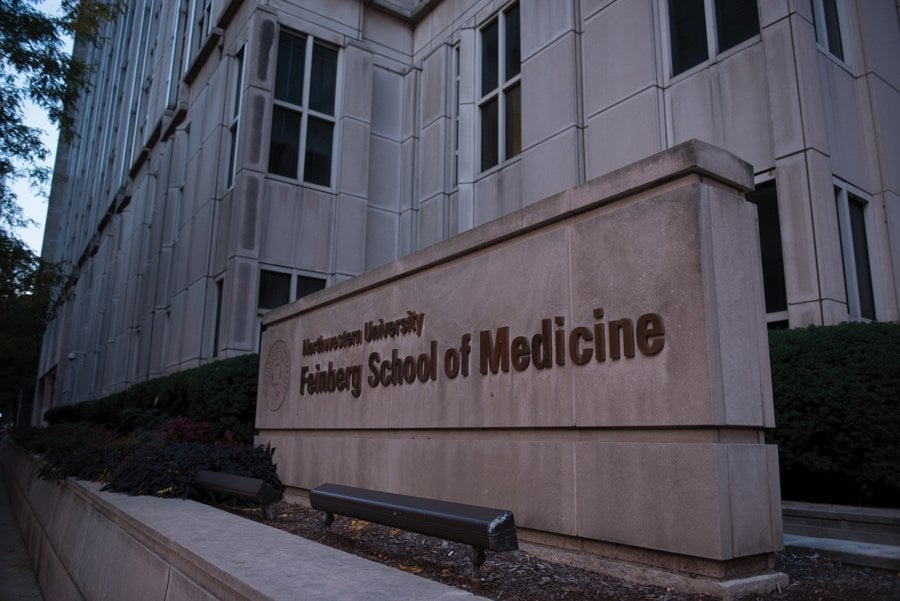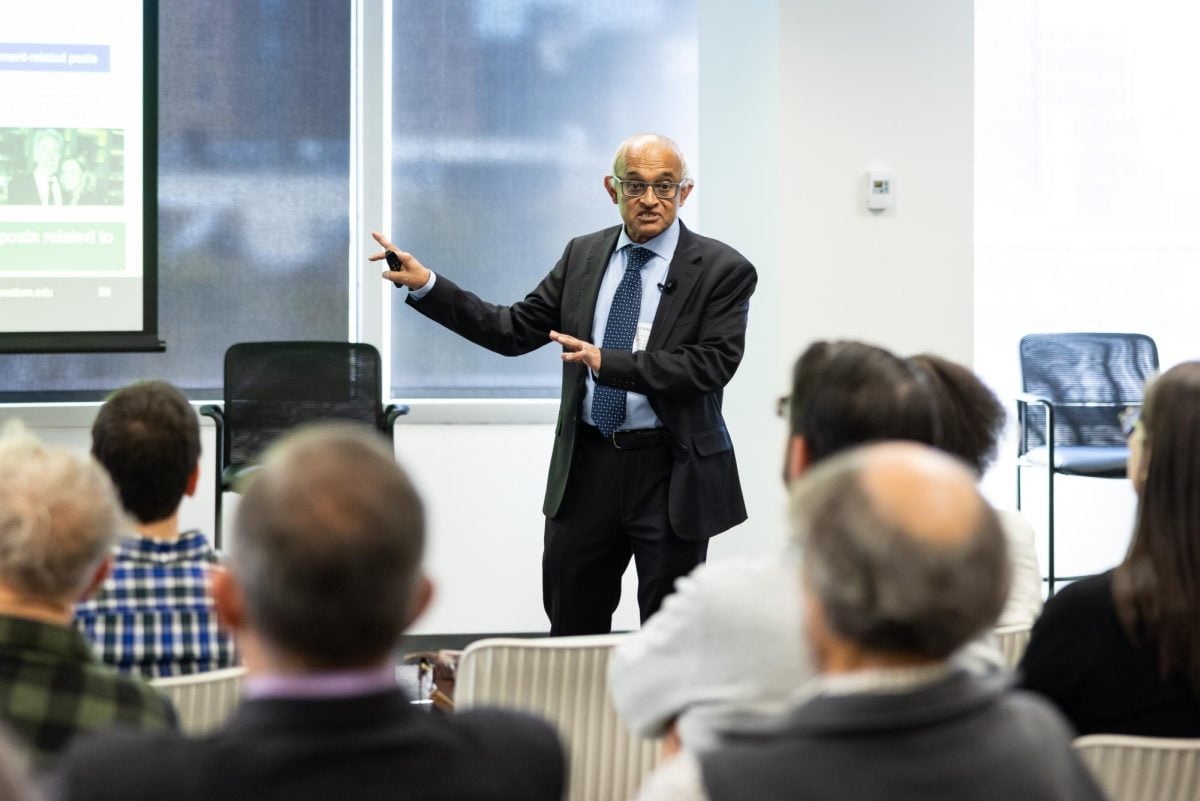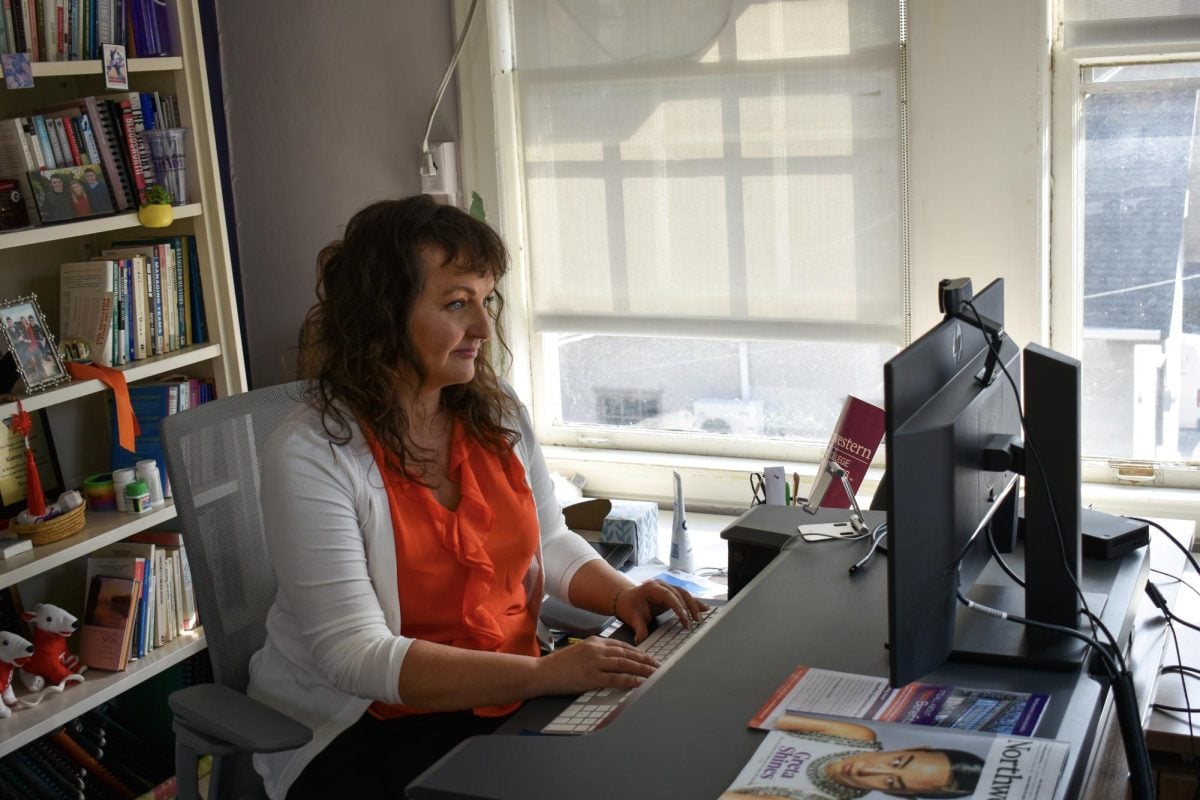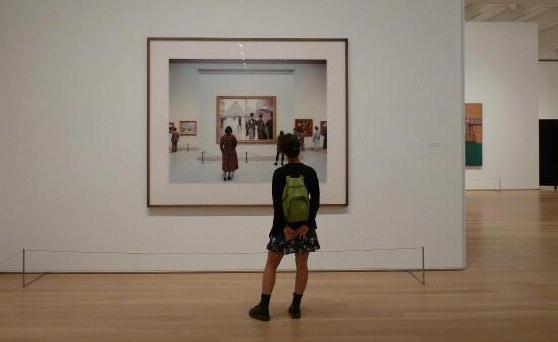
Northwestern has received a $2.5 million grant from from the Andrew W. Mellon Foundation to fund the new Center for Scientific Studies in the Arts as part of a new collaboration between NU and the Art Institute of Chicago.
The center will provide opportunities to study science-related issues in the arts, McCormick Prof. Katherine Faber said after the University announced the news last week.
“You can use art to teach people about science and engineering,” Faber, director of the new center, said.”With those scientific motivations in mind, we’re ready to expand our previous work with the Art Institute to museums throughout the rest of the U.S.”
The center will include three research scientists, who will be hired in the next few months, said Federica Pozzi, a doctorate fellow for the conservation science department at the Art Institute. The scientists will work on art-related conservation issues such as restoration, interpreting the materials used in ancient artwork and analyzing their creation.
“They’ll choose a couple of big projects and then several smaller projects that will take place over six years,” Pozzi said.
Science students and graduate students will also be able to participate in the projects.
Although no new facilities will be built, Faber said the center will make use of the shared labs in the Weinberg College of Arts and Sciences, the McCormick School of Engineering and Applied Sciences and the Feinberg School of Medicine.
Andrew W. Mellon senior conservation scientist Francesca Casadio will be directing the center along with Faber. Casadio was unavailable for comment.
Faber said she hopes the center will provide “technical analysis to advance the understanding of scientific materials” and “aid in the interpretation of materials by art historians.”
McCormick Prof. Kenneth Shull, who is heavily involved with the Art Institute, said he plans on being active with the center once it is up and running.
“It will provide a mechanism to bring other scientists in,” he said. “It will establish connections with people interested in the material science of art.”
While NU has collaborated with the Art Institute during the past eight years for conservation science projects on ancient Chinese art and the works of Picasso, Faber said they wanted to take the projects a step up and advance the conservation science field by inviting other organizations to participate. She said they would also be interested in inviting other scientists throughout the U.S. to participate in the center’s new projects.
“We recognize there is a need for these kinds of studies in other museums, many of which do not have their own laboratories,” she said.

